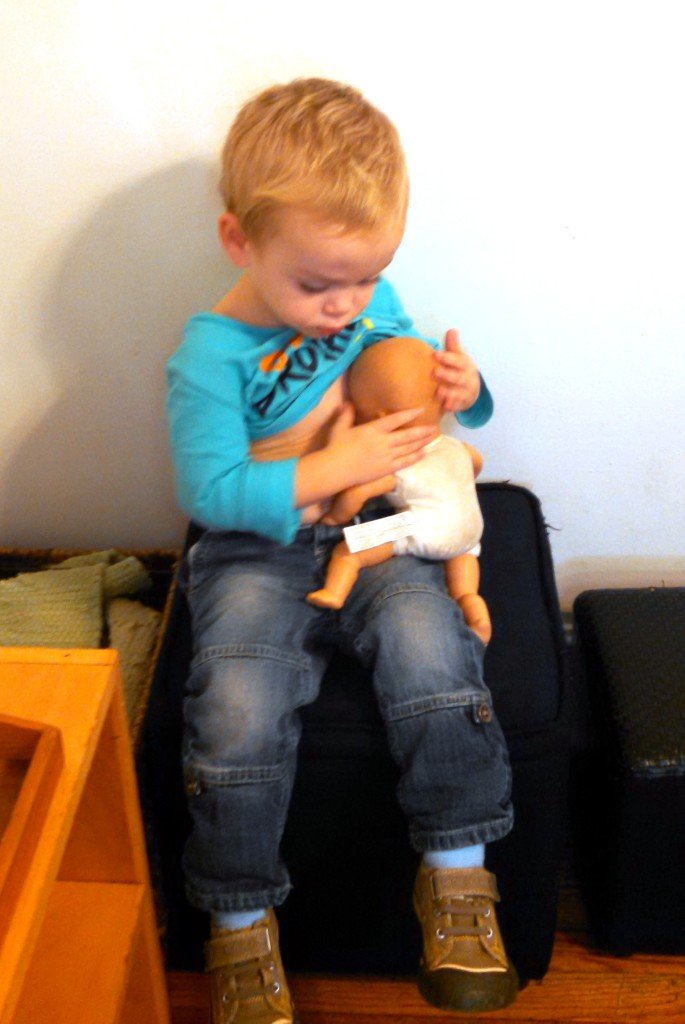– Following a growing trend for gender equality, it has become popular to start very early to raise babies and toddlers in a gender-neutral way. Applying measures like not revealing the sex of newborns, dressing young children and their bedroom in neutral colors, and providing them gender-neutral toys. Retail businesses have been strongly invited to participate. Under pressure from parents, for example, Target stopped sex-segregating its assortment of toys (which does not make things easy when you’re looking for a specific princess or bulldozer on store shelves).
– However, research has shown that in this domain biology matters and that the idea to treat kids as blank slates is futile. Toy preferences are innate and not so much shaped by a child’s environment and experience. A vast majority of little girls are attracted to social toys such as dolls – closely linked to social and language skills – while most boys prefer technical toys such as car and trucks – more related to visuo-spatial skills. One recent study revealed that these preferences become effective as early as the age of nine months.
– Actually, gender-atypical traits have probably more to do with prenatal settings, in particular testosterone levels in utero, than the style of upbringing during the early years. So long children have the option to take part in various activities that are interesting and educational, there is no problem with being gender-typical. Acknowledging gender differences is not harmful or sexist; differences do not mean that one sex is better than the other.

A boy playing, nursing a doll (Wikimedia Commons)
READ THE ORIGINAL ARTICLE

